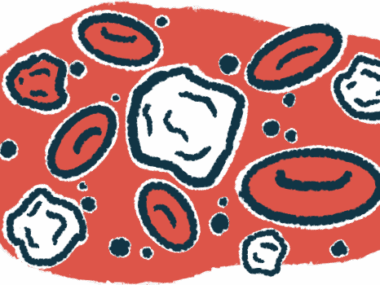Multiple Myeloma Patients Best Treated at Recognized Care Centers with High Volume, US Study Reports
Written by |

Multiple myeloma patients treated in their community by local oncologists have poorer survival outcomes than those receiving care at centers that see large numbers of patients or are nationally recognized, and likely to have doctors with more experience in this disease, a study reports.
Its findings were based on patient data in a statewide resource, and supported treatment at high-volume facilities like those tied to universities, and those that are National Cancer Institute (NCI)-designated cancer centers.
The study, “Influence of Treating Facility, Provider Volume, and Patient-Sharing on Survival of Patients With Multiple Myeloma,” was published in the Journal of the National Comprehensive Cancer Network.
Research has shown that survival benefits are significantly better when blood cancer patients are treated at centers handling larger numbers of patients. This is likely because healthcare providers working at high-volume institutes are more experienced overall and more familiar with difficult-to-treat cases.
High-volume facilities can also have better access to resources for managing treatment combinations and side effects of therapy.
While provider expertise and hospital volume overlap, they are distinct concepts that affect survival. Researchers looked at their individual impact on survival in multiple myeloma patients, as well as the impact of treatment by myeloma specialists or community oncologists.
Investigators reviewed clinical records of 1,029 adult myeloma patients in North Carolina, diagnosed between 2006 and 2012. Their average age was 68, and there was an equal proportion of men and women.
Data were collected using the University of North Carolina (UNC) Cancer Information and Population Health Resource (CIPHR), which includes information from the North Carolina Central Cancer Registry and from Medicare, Medicaid, and private insurance plans across the state.
A a lower risk of death was seen in adults treated at NCI-comprehensive cancer centers (NCICCC). Likewise, patients treated by multiple myeloma specialists at these NCI-recognized facilities had better survival rates than those treated by community providers — even if these community providers had a high volume of patients (a 29% higher risk).
Only the highest-volume community oncologists — those seeing more patients than 80% of other oncologists in that community — matched the survival rates achieved by specialists at high-volume facilities, the researchers noted.
Investigators also found that older patients, those who had Medicaid (public U.S.) health insurance, and those who lived a considerable distance from an NCICCC were less likely to be evaluated at NCI comprehensive cancer centers.
“Our results show that provider experience, and potentially access to resources at a comprehensive cancer center, may improve survival in patients with multiple myeloma,” William A. Wood, MD, with the UNC Lineberger Comprehensive Cancer Center and the study’s senior author, said in a press release.
“The reasons might have to do with familiarity with the benefits and best use of newer drugs and regimens, access to resources to help with management of toxicities or complications, or other factors,” Wood said. “Or, it might be that patients who are seen by higher volume providers are more likely to have other unmeasured or confounding factors associated with better survival. More research is needed to help sort this out.”
Experience in a healthcare provider appears to be key, added Shaji K. Kumar, an MD with the Mayo Clinic Cancer Center, and chair of the NCCN Clinical Practice Guidelines in Oncology (NCCN Guidelines) Panel for multiple myeloma.
“While the study does not completely remove the bias of sicker patients not getting to the large referral centers and being treated in the community, the findings of comparable outcome in community centers with higher volumes clearly support the importance of provider experience,” Kumar said.






